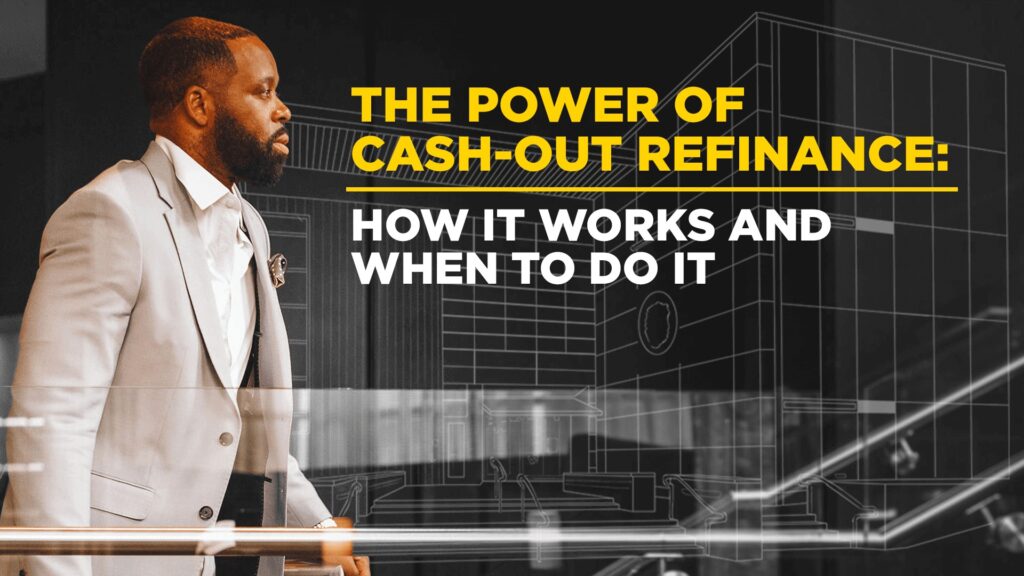
How To Buy & Hold Real Estate And Why You Should Be Doing It

Long-term rentals are often seen as one of the best ways to diversify any real estate portfolio. When you buy and hold the right property, you can make both short-term profits and long-term gains.
So what does buy and hold real estate mean? Even though new investors may be confused or intimidated at the thought of getting started, buy and hold real estate can be one of the best investments you make if you do your research before you buy.
What Is Buy And Hold Real Estate?
Buy-and-hold real estate is a long-term investment strategy where an investor purchases a property and holds on to it for an extended period.
Rental income from the property generates short-term cash that can be used to pay off the mortgage and put the rest in the investor’s pocket. The value of the property will go up over time, so investors will make money when they decide to sell the property in the future.
Benefits of Buy and Hold Real Estate Investing
1. High Leverage
Real estate is one of the few investment vehicles with the availability of high leverage via financing. With a real estate secured loan (mortgage), you are able to control a $300,000 asset for only $60,000.
2. High ROI
With this kind of high leverage, you can make a very high return on your investment. With leverage, your cash-on-cash return goes up. With appreciation, the whole asset goes up in value, not just the amount you put down as a down payment.
3. Appreciation
All real estate investors assume some appreciation. Real estate is an asset class that appreciates. Yes, the market goes up and down, but in the long run (hence the “HOLD” in “BUY & HOLD”), it is safe to assume that prices will go up.

4. Passive Cash Flow
When investing in real estate with the right goals and analysis, investors can generate mostly passive cash flow. Even if the property management is great, the investor will need to be involved in some way, even if it’s just an annual meeting with the property management to make sure everyone involved knows what to do.
Still, investors make good returns while playing a very hands-off role in the investment.
5. Tax Wise
When you own real estate, you can deduct both your mortgage insurance and the property’s loss of value (depreciation). You can build wealth through 1031 exchange opportunities, to defer tax liability to continue investing funds in new properties.
6. Mortgage Pay Down
You’ve leveraged an asset, are earning cash flow above your mortgage payment and other operating expenses. BONUS — your tenants are also paying off the loan you used to buy the property in the first place. The longer you keep the property, the more of your mortgage payment goes toward paying down the principal.

7. Protects Against Inflammation
Investing in real estate and using leverage is a great way to protect yourself from inflation. If prices go up, so does the cost of housing. Having an asset that goes up with the tide is a simple way to protect yourself from unknowns in the market.
How To Buy And Hold Real Estate Investing In 5 Steps
1. Find The Right Property
Whether you’re buying a house to rent it out or fix it up, you want to get the best deal possible. With rehab properties, there is an increased emphasis on making offers that can maximize your bottom line. The same should be the case with a buy-and-hold property. Your monthly cash flow depends directly on your housing costs, which are in turn based on the price you paid for your home. While the price is always important, it is more important to get the right property.
2. Finance The Property
One of the most well-known ways to finance real estate is through traditional financing. Investors seeking this option will need to go through a credit check and application process to be approved. They may also be required to make a down payment of up to 20% or higher. Traditional financing is an option, but it’s important to keep in mind that it may have higher interest rates and require a bigger down payment than other options.
3. Upgrade The Property
If you want a good buy-and-hold deal, you need to be willing and able to put some work in. You don’t have to give the house a complete overhaul, but you do need to make it look like a nice place to live. These expenses need to be factored into your budget before making an offer. You can raise your rent by 25% – 30% by making small upgrades.
4. Manage The Property
Tenant horror stories are one of the reasons why investors stay away from buy and hold properties. The best way to avoid this is by working with a property manager. Whether you decide to go this route or manage the unit yourself, you need to have a system in place before you buy. You can’t just find a tenant and expect to collect monthly rent checks. There is a good amount of time, effort, and patience needed to run a rental property.
5. Prepare For The Unexpected
Often, things can change in a rental property at the last minute. It is not uncommon to go several months without any issues, then get hit with two or three major expenses out of the blue. It’s important to keep a healthy emergency fund in case something unexpected comes up. Without backup funds, you will be forced to scramble to find money to pay for these expenses. This money can come from credit cards with high-interest rates, personal savings, or money that was set aside for another project.
FEATURED ARTICLES:
PREMIUM ONLINE LEARNING:
Entrepreneurship 101
$497.00All-In-One
$3,500.00Full Time CEO Digital Bundle (E-book)
$19.00Credit Is King Digital Bundle
$19.00Inquiry Removal E-Book
$147.00Leveraging Credit In 2024
$97.00New Lending Guidelines
$197.00How To Close Your First Real Estate Deal In 90 Days
$97.00How To Create Your Triangle of Wealth
$197.00Cocktails & Credit
$197.00Legacy Masterclass Bundle
$97.0030 Day DIY Credit Repair Challenge
$497.00
Build credit with your rent payments
Report your rent payments for $2.00 per month. Boom reports to Experian, Equifax and TransUnion. Report ongoing payments and up to 24 months of prior payments. See your credit score impact in 10 days.

GET PROTECTED with SecureMax
Our carefully selected suite of identity and credit-related services integrate the power of the most advanced business information resources to inform, protect, alert, and assist in the event of identity theft or credit reporting problems.
Related articles:


The Power Of A Cash-Out Refinance: How It Works and When To Do It














